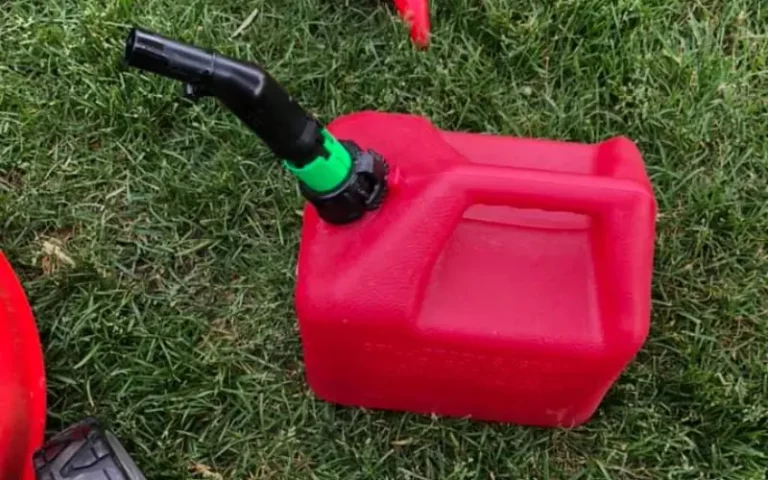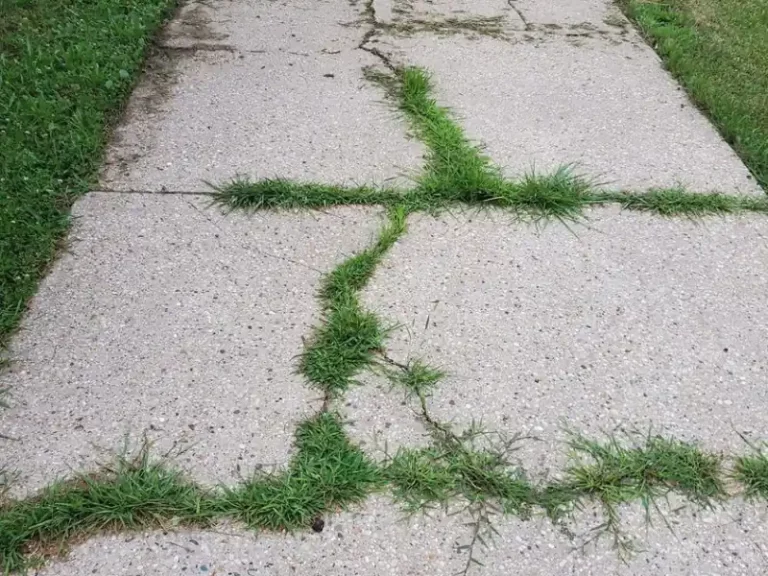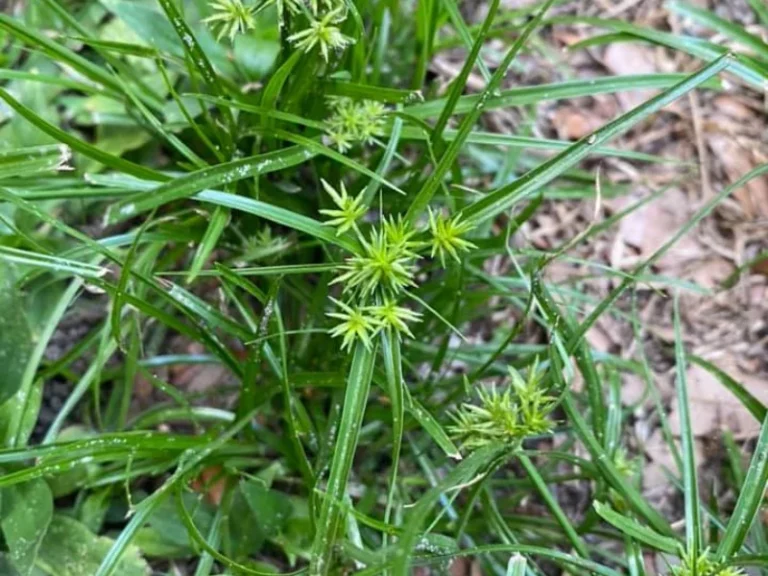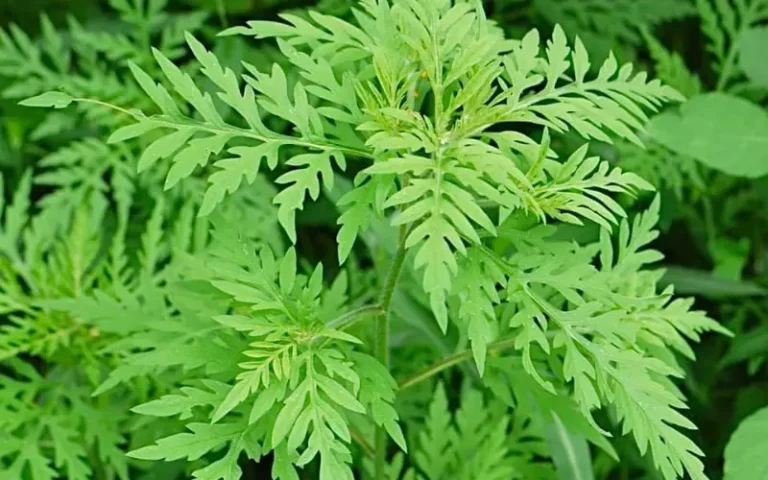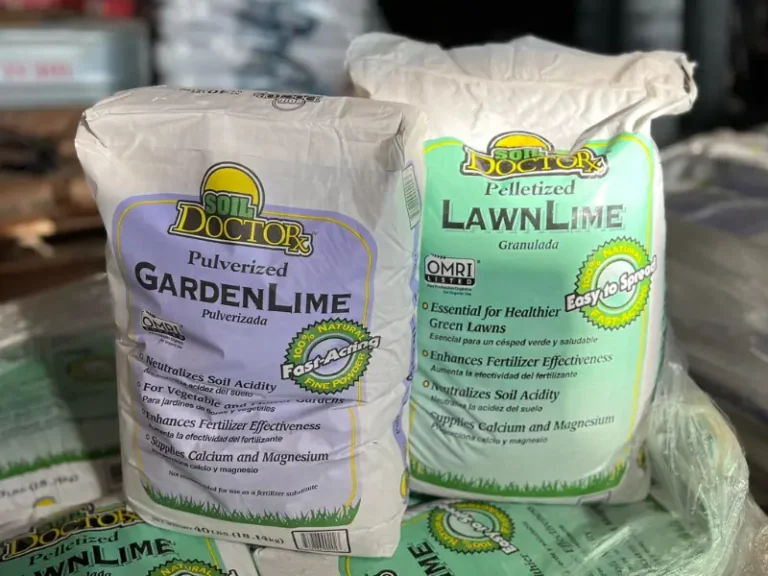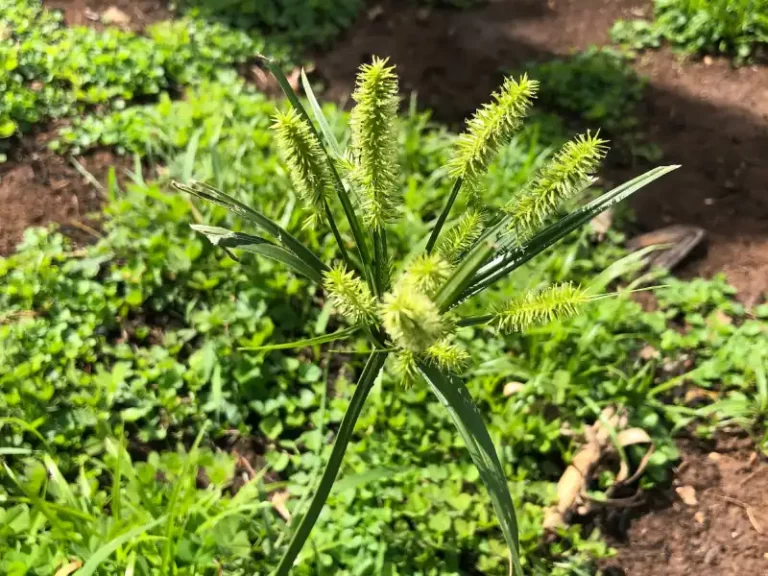Does Roundup Kill Nutsedge (Cyperus sp)?
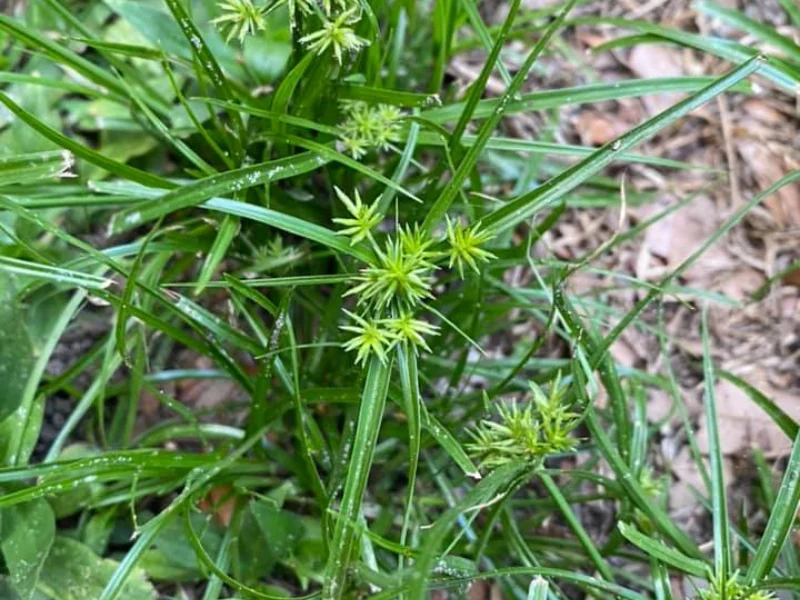
For years, gardeners have struggled to find an effective way to control nutsedge. Many have turned to the popular herbicide Roundup, hoping it will kill off this persistent weed. But does Roundup actually work on nutsedge?
After battling nutsedge in my yard, I decided to dig into the details of using Roundup as an effective nutsedge control strategy. In the following article, I’ll share everything I learned from personal experience and research on Roundup products, proper application techniques, timing, and more.
Does Roundup kill nutsedge grass?
Yes, Roundup can be an effective way to kill nutsedge grass when appropriately used. The key active ingredient in Roundup is glyphosate, which is absorbed by the leaves and roots of nutsedge, disrupting its growth and eventually killing the plant.
Roundup should be applied early to mid-summer when nutsedge is actively growing for best results. The RoundupⓇ for Lawns formula is ideal as it is specially designed to combat tough lawn weeds like nutsedge while being safe for surrounding grass.
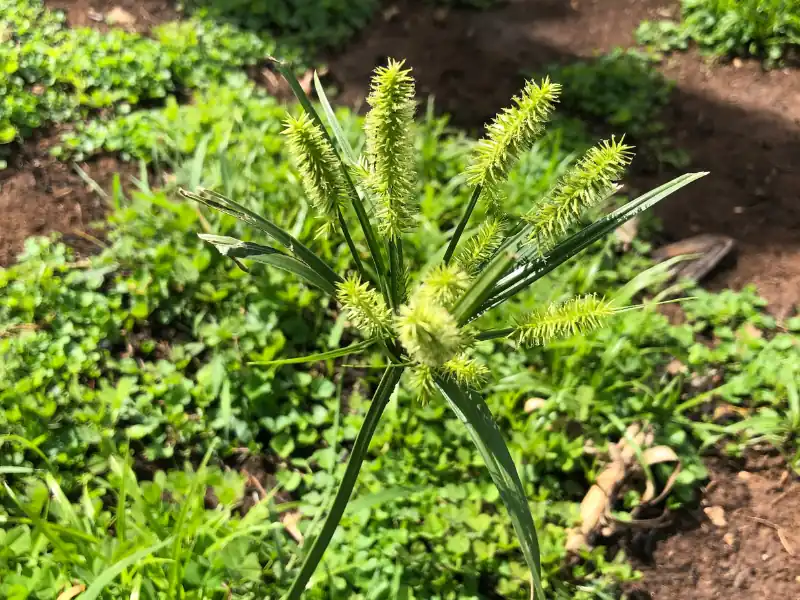
What are the different types of Roundup?
When it comes to using Roundup for nutsedge control, choosing the right formulation for your needs is important. The key active ingredient in all Roundup products is glyphosate[1], a non-selective post-emergence herbicide absorbed through the leaves and roots, disrupting plant growth.
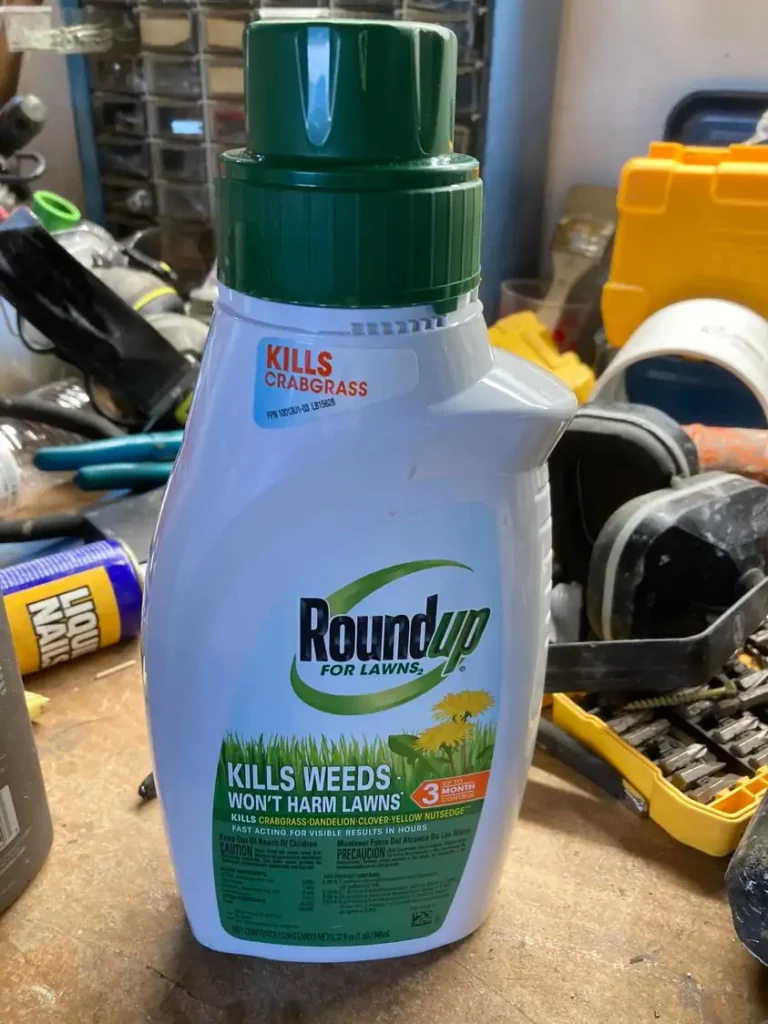
Some of the Roundup products currently in the market include:
- RoundupⓇ for Lawns Crabgrass Destroyer is recommended for killing nutsedge in lawns, as it targets the tough weed while being safe for your surrounding turf grass when used as directed. These products contain pelargonic acid and glyphosate for a quick burndown of emerged nutsedge.
- RoundupⓇ Dual Action Weed & Grass Killer Plus 4 Month Preventer is for gardens and landscaped beds. It has higher glyphosate concentrations to kill established perennial weeds. For this type, you should use caution around desired plants.
- RoundupⓇ Concentrate Plus Weed and Grass Killer offer added chemicals like diquat dibromide for broader vegetation control on patios, driveways, etc.
- Others include RoundupⓇ Pro Max, RoundupⓇ QuikPRO, and RoundupⓇ Weed Barrier Granules.
When using any Roundup product, carefully follow label directions for your specific application sites. They cost up to 30$ from their online store.
How to effectively kill nutsedge with Roundup
Here is a step-by-step guide for using Roundup to kill nutsedge:
- Choose the right Roundup product. Use RoundupⓇ for Lawns or RoundupⓇ Weed & Grass Killer products for nutsedge. Ensure the formulation is approved for lawn or garden use.
- Mix according to label directions. Normaly, a 3-4% solution is recommended, meaning 3-4 ounces (6-8 tbsp) of Roundup per gallon of water. Adding 1-2 tbsp surfactant like Dawn dish soap helps the Roundup absorb into nutsedge’s waxy leaves and penetrate to the roots more effectively.
- Apply when the nutsedge is young and actively growing before you mow or cut. This allows Roundup to translocate to the roots and tubers fully. The ideal timing is early to mid-summer.
- Use a tank sprayer for controlled application. Wear gloves, long sleeves, closed-toe shoes, and eye protection when handling. Carefully measure and pour Roundup into the sprayer. Add water and surfactant. Shake or stir well.
- Set the nozzle to a coarse spray pattern. Keep nozzle low and close to nutsedge foliage. Apply thoroughly to leaves and stems until you see the product lightly dripping. Go slow for complete and uniform coverage.
- Apply on a calm day to avoid drift. Be extremely careful to avoid contact with desired lawn grass, plants, or trees. Glyphosate can kill or injure non-targeted vegetation.
- Allow 3 hours before expected rain. Warm, sunny weather optimizes Roundup effects. Avoid mowing for 2+ days after application.
- Repeat treatment in case of any regrowth after 2 weeks. Mature nutsedge generally needs multiple Roundup applications over a season to kill the underground tubers entirely.
- Then, finally, triple rinse the sprayer and dispose of the rinsate appropriately after use. Store Roundup products safely away from children, pets, food, and somewhere they won’t overheat or freeze. Just keep it away from hot or cold drafts
How long does it take for Roundup to kill nutsedge?
Roundup will start to show visible effects on nutsedge within 3-4 days after application. However, complete nutsedge elimination can take 2-4 weeks, depending on various factors such as the maturity of the plants, the density of the infestation, and weather conditions during and after application.
The nutsedge leaves will start to yellow and wilt within the first few days. The stems and foliage will begin to droop and turn brown. This visible damage signals that the Roundup has been absorbed systemically and is translocating down to the roots and tubers below ground.

More mature plants with larger tuber networks will likely need a second Roundup application after two weeks to finish the job. Warm, sunny weather will accelerate Roundup’s effects.
What is the best time to use Roundup to kill nutsedge?
The ideal time to use Roundup to kill nutsedge is early to mid-summer when temperatures are consistently between 60-85°F and when nutsedge is in its early growth stages before the plants mature and produce tubers.
This warmer weather accelerates the activity of glyphosate while nutsedge is still young and vulnerable. Late spring after the last frost can also be effective, as long as daytime highs reach at least 60°F when spraying.
The worst time to use Roundup on nutsedge is in the fall when the plants begin going dormant. Glyphosate relies on translocation down to the tubers and roots, which decreases as nutsedge prepares for winter. Late applications will mainly damage above-ground growth while leaving tubers intact to resprout the following spring.
Precautions for using roundup to kill nutsedge
- Carefully read and follow all label instructions for your specific Roundup product. Adhere to application guidelines and safety measures.
- Use extreme caution around desired plants or grass. Glyphosate can kill or injure non-target vegetation. Thoroughly cover or remove any plants you want to protect.
- Apply when daytime temps are between 60-85°F. Avoid hotter conditions to prevent lawn damage. Do not spray when rain is expected within 3 hours.
- Roundup can be used on most established lawns like fescue, St. Augustine, zoysia, etc. Do not spray bermudagrass when temps exceed 85°F as it can harm the lawn.
- Wear protective gloves, long sleeves, closed-toe shoes, and eye protection when mixing and spraying. Avoid breathing mist. Wash skin or clothes that make contact.
- Keep people and pets off-treated areas until the spray has dried. Allow at least 5 hours before re-entry.
- Use caution around pools, ponds, wells, or drainage areas. Avoid runoff that could contaminate water sources. Follow all local regulations for herbicide use.
- Triple rinse and properly dispose of excess Roundup product. Do not reuse empty containers. Dispose of according to local waste guidelines.
Does Roundup kill yellow nutsedge?
Yes, when used correctly, Roundup effectively kills yellow nutsedge (Cyperus esculentus).
Roundup products containing glyphosate as the active ingredient can effectively control yellow nutsedge when applied thoroughly during active growth periods[2].
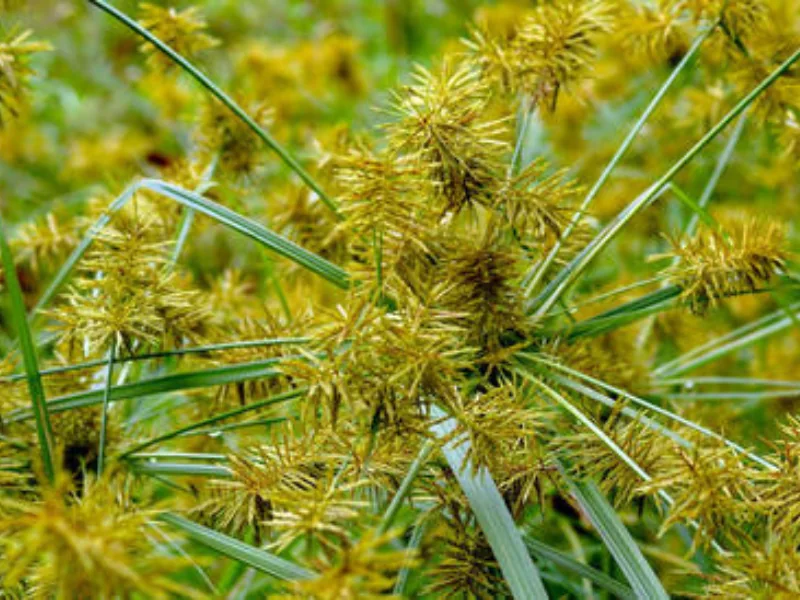
The key is to spray when the plants are still young and have yet to produce an extensive tuber network. This allows the herbicide to fully translocate to the roots and tubers to kill the entire plant.
Proper identification is also important – yellow nutsedge can resemble grass while young but has a triangular stem. Therefore make sure that you ascertain that it is the yellow nutsedge you have spotted.
What other weeds does Roundup kill?
Here is a list of some of the most common weeds that Roundup is effective at killing:
Grasses:
- Crabgrass
- Bermuda grass
- Johnson grass
Broadleaf weeds:
- Dandelions
- Chickweed
- Clovers
- Plantain
- Lamb’s quarters
- Ragweed
- Pigweed
- Common mallow
- Burdock
- Smartweed
- Henbit
- Oxalis
- Curly dock
- Broadleaf plantain
- Wild carrot
- Catnip
- Ground ivy
- Chicory
- Creeping Charlie
- Wild strawberry
- Horsenettle
- Canada thistle
Vines:
- Bindweed
- Japanese knotweed
Sedges:
- Yellow nutsedge
Brushes/shrubs:
- Poison ivy
- Poison oak
- Wild violet
- Musk thistle
- Wild onion
- Milkweed
The non-selective systemic action of glyphosate in Roundup products allows it to kill most types of emerged grasses, perennials, vines, shrubs, and other unwanted vegetation when applied correctly. It’s effective on various of the toughest lawn and garden weeds.
Roundup alternatives for nutsedge control
Here are other Roundup herbicide alternatives for nutsedge control:
- Sedgehammer herbicide
- Image® kills Nutsedge Concentrate
- Bonide Sedge Ender
- Tenacity
- Ortho® Nutsedge Killer Ready-To-Spray
- Blindside Herbicide WDG FMC
- Certainty
Apart from herbicides, organic options like corn, gluten meal, and boiling water may slow growth. Hand removal can work, but you must extract the tubers fully.
How to prevent nutsedge from growing in your lawn
Here are some tips to help prevent nutsedge from invading and growing on your lawn:
- Maintain a thick, healthy lawn through proper mowing, watering, fertilization, and aeration. Nutsedge thrives in thin, stressed lawns.
- Keep lawn areas moist but not overly wet. Improve drainage of any frequently soggy spots nutsedge prefers.
- Use pre-emergent herbicides containing sulfentrazone or prodiamine in early spring to stop nutlets from sprouting.
- Spot treat young nutsedge plants with post-emergent herbicides like glyphosate or sulfentrazone before they mature.
- Hand-pull small patches of nutsedge, being sure to remove all tubers. Refill holes with fresh topsoil.
- Solarize problem areas in summer using clear plastic to cook weeds and tubers. Reseed treated zones in fall.
- Raise mower height to 3-4” to encourage deeper grassroots and shade that discourages nutsedge growth.
- Overseed thin lawn patches in fall with improved grass varieties to thicken up sparser areas.
- Aerate compacted areas to improve drainage and penetration of herbicides, if used.
- Scout regularly and control nutsedge at first sighting. Early intervention prevents tuber spread.

FAQ
1. How should Roundup be applied to nutsedge?
Apply a nutsedge-formulated Roundup product when the nutsedge is actively growing. Don’t mow for 2-3 days before and after application. Spray thoroughly to wet the leaves without a runoff. Wait 7-10 days and repeat the application if any nutsedge remains. It often takes 2-4 applications spaced apart to eradicate nutsedge. Always follow label directions carefully.
2. Does Roundup kill weeds without hurting your grass?
Yes, certain Roundup products are specifically designed to kill weeds without harming surrounding grass when used as directed. The key is using a Roundup formulation made for lawns, not a non-selective landscape formula.
3. Why is nutsedge so difficult to get rid of?
Nutsedge spreads through tubers and rhizomes underground, so it keeps resprouting even after you pull it or till the soil. Any small nutsedge tubers left behind can regenerate into new plants. It also spreads by seed, producing vast amounts that tend to germinate readily. This makes Nutsedge very stubborn and persistent.
4. Can you plant grass after using Roundup to kill nutsedge?
Yes, planting new grass after using Roundup to kill nutsedge is safe. However, waiting at least 1-2 weeks after the final Roundup application before seeding or laying new sod is recommended.

